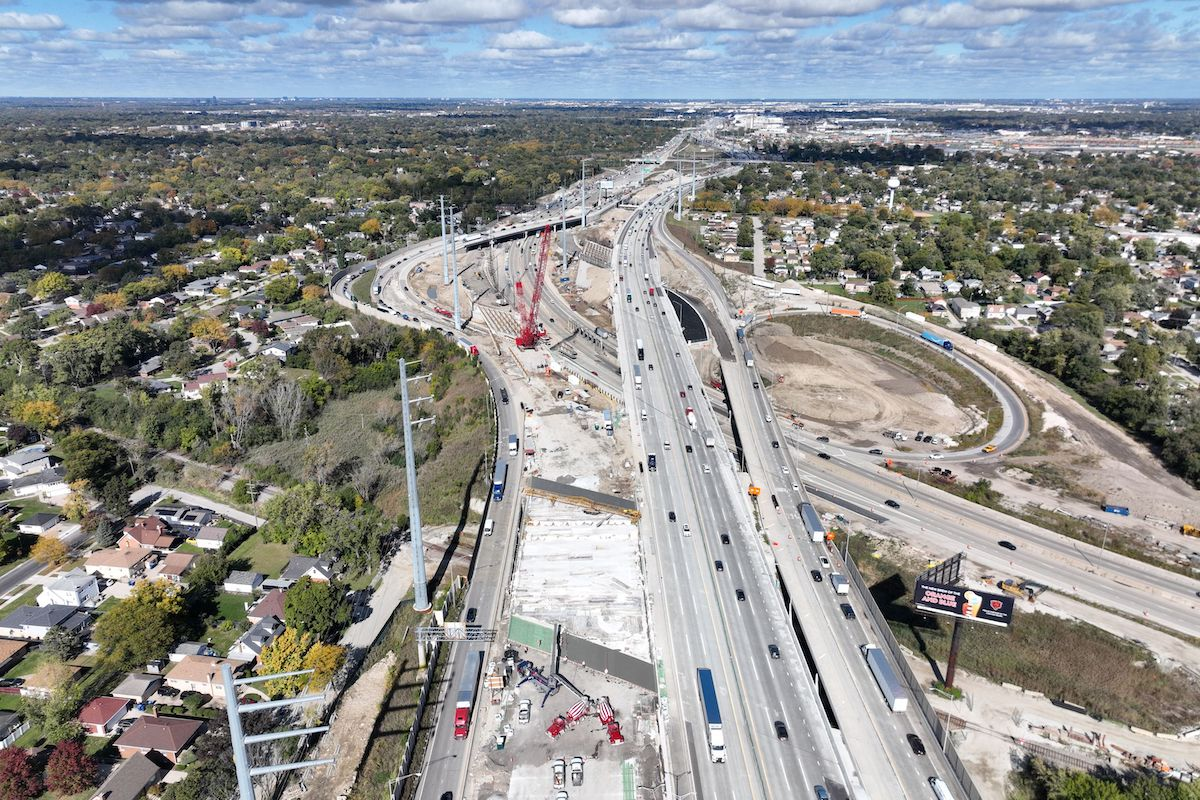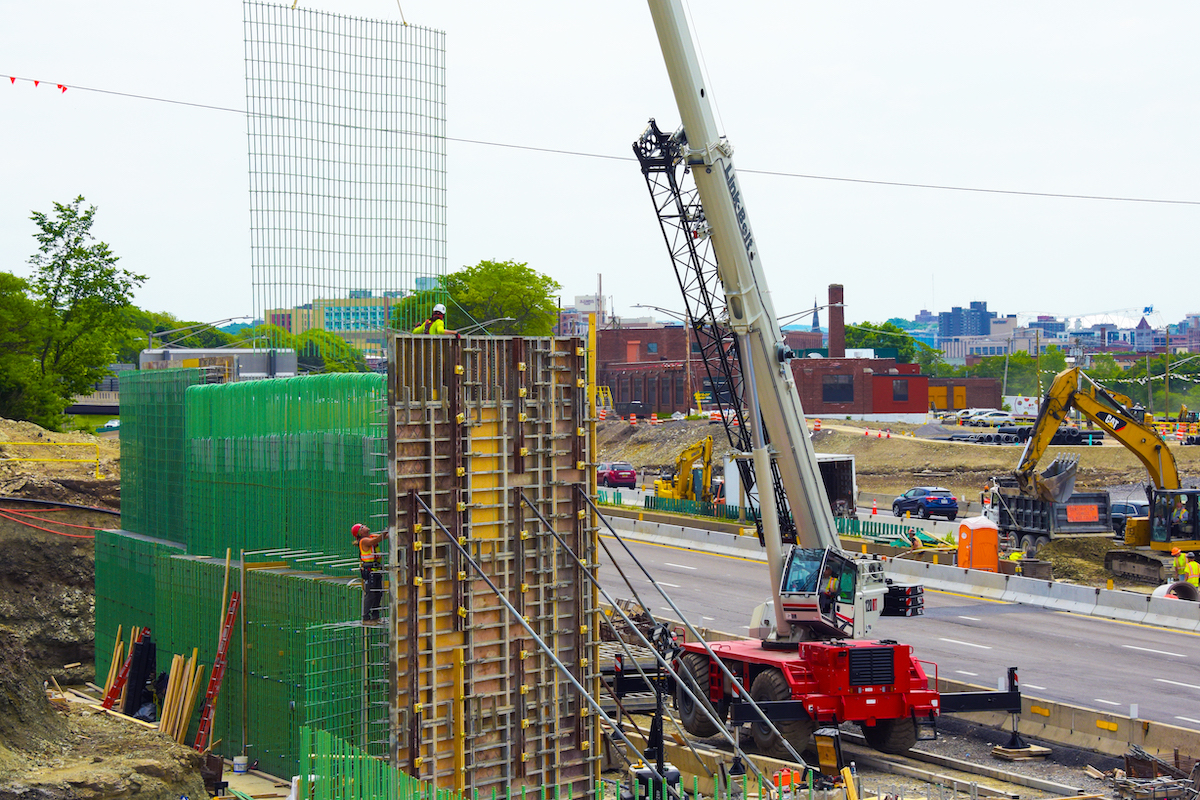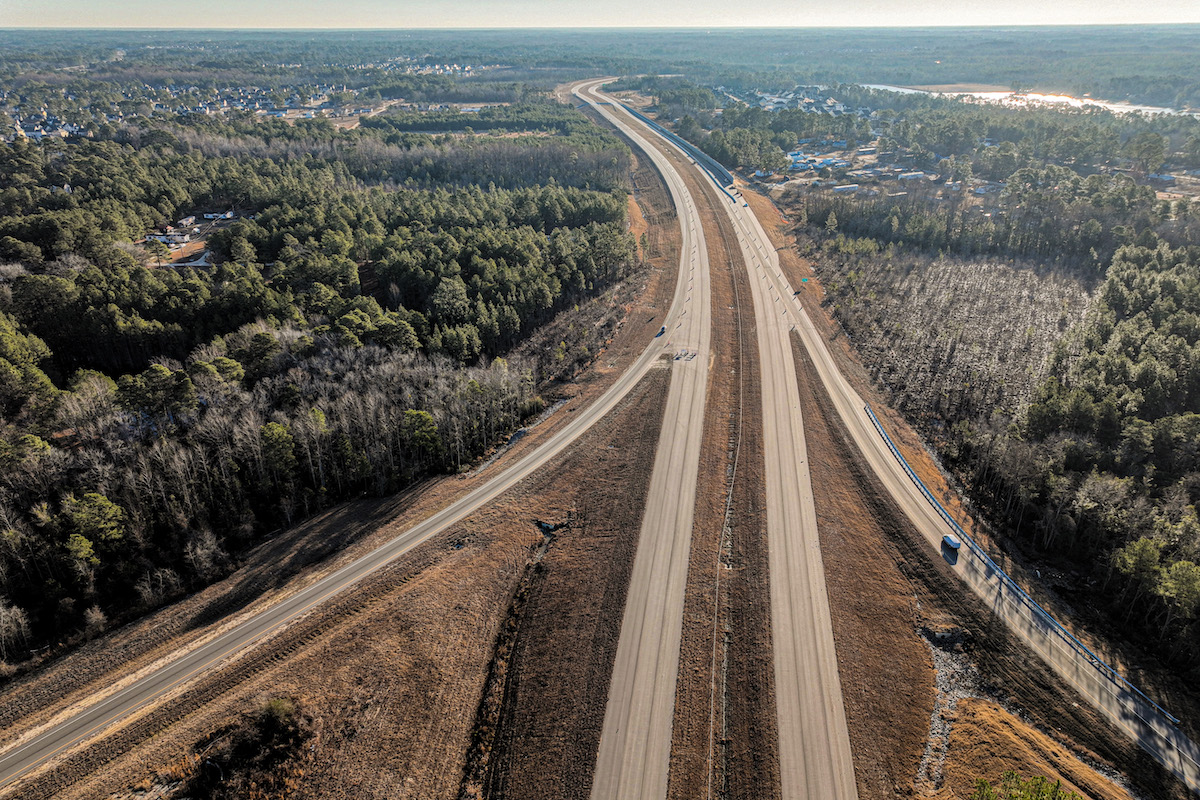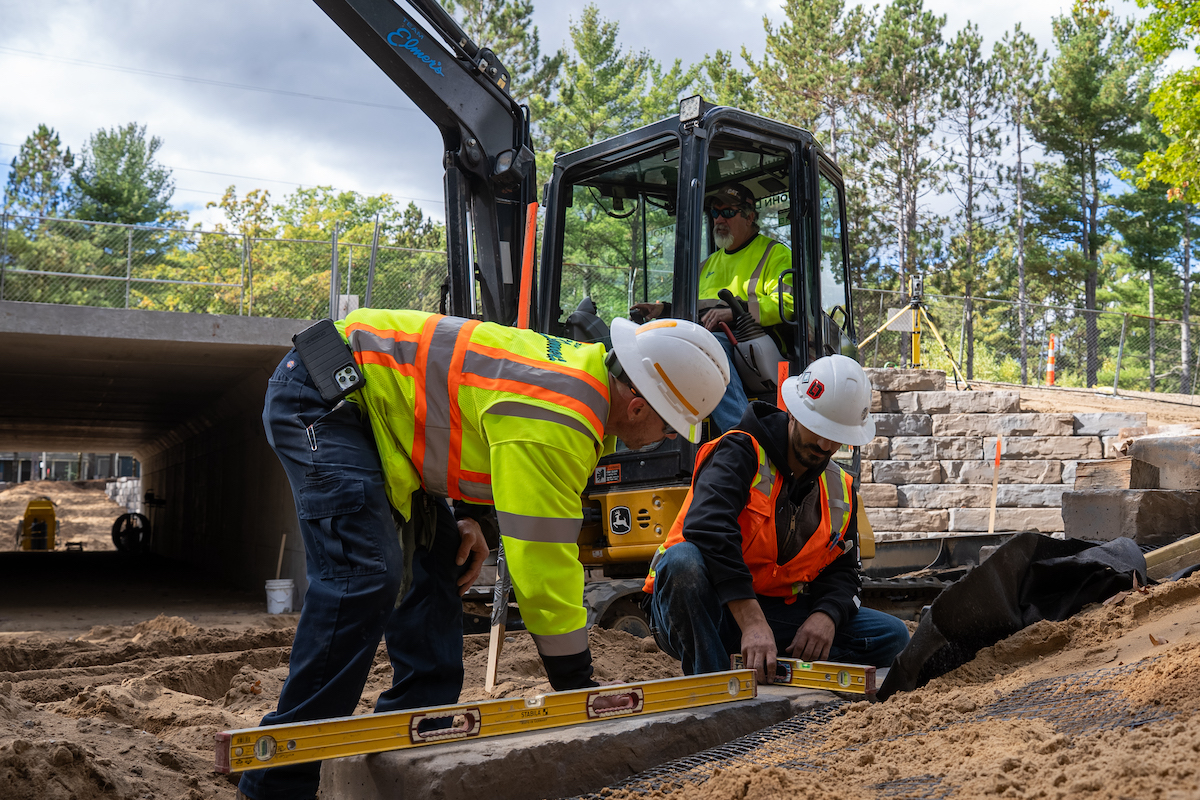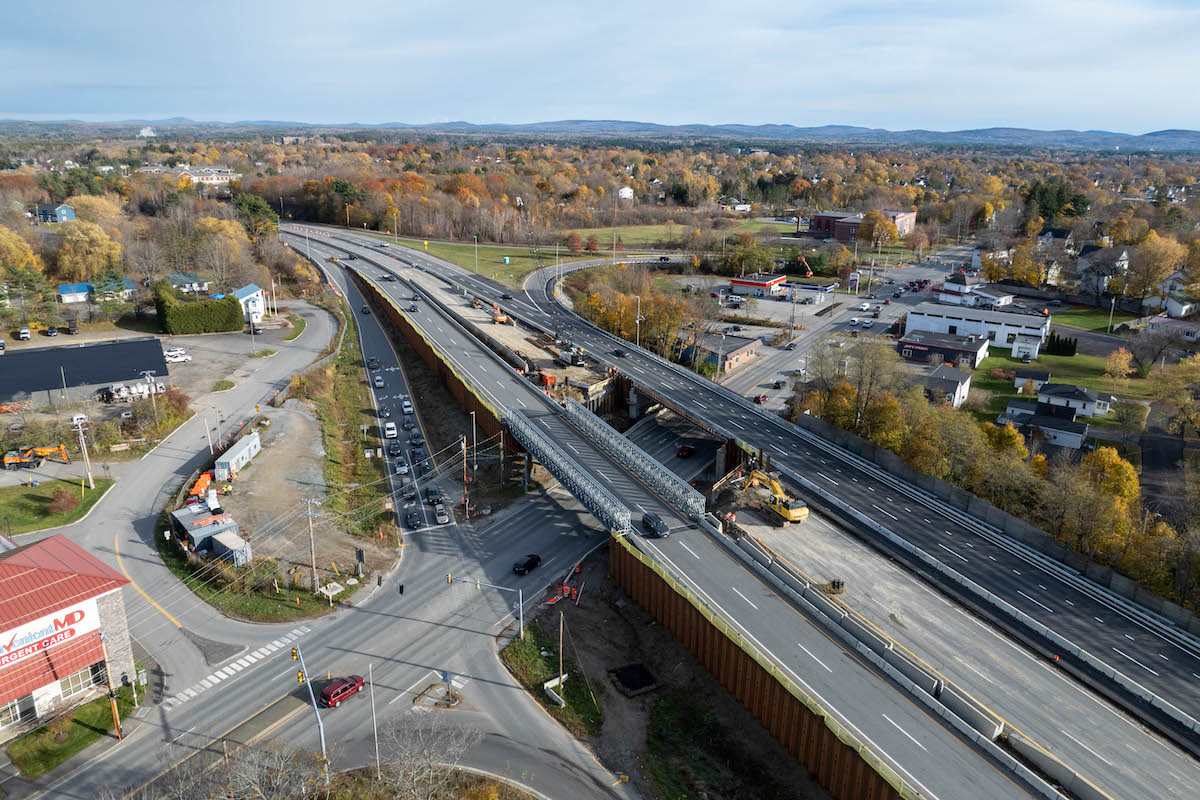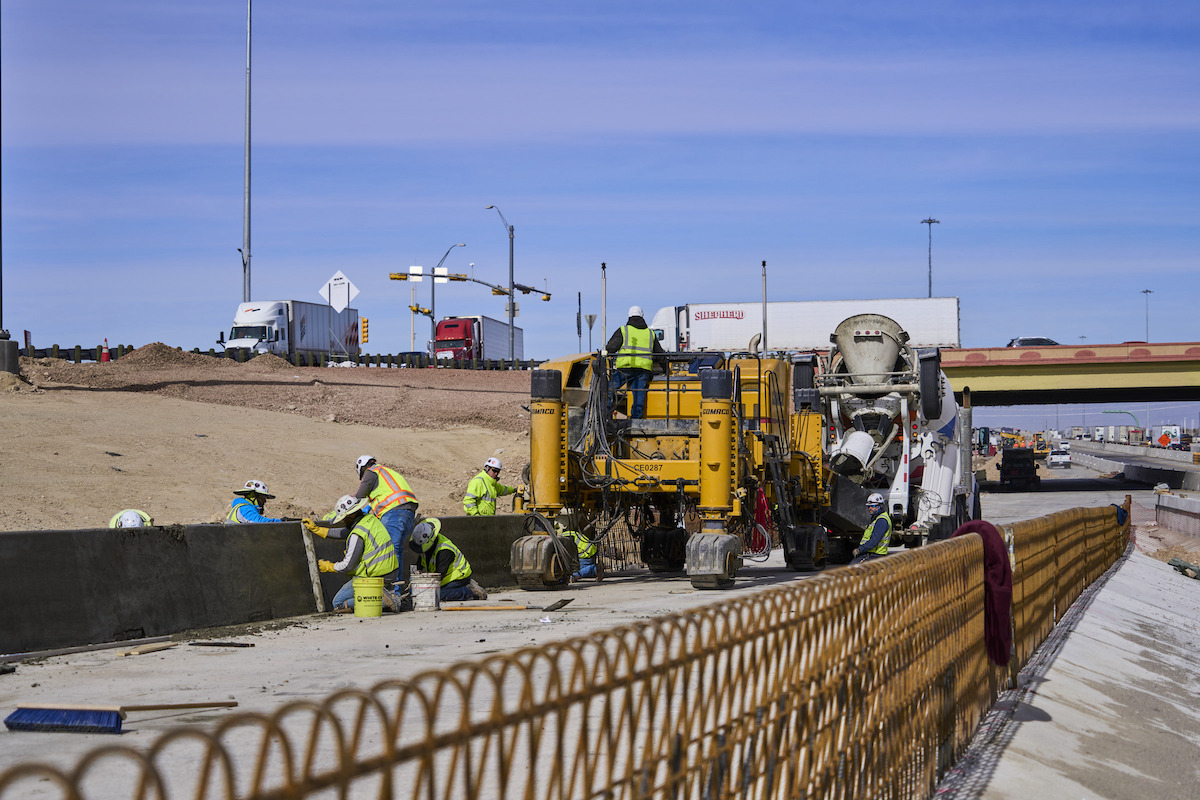The Pennsylvania Department of Transportation (PennDOT) had this project in the works for years. However, this significant project has been delayed due to preliminary environmental studies and traffic analysis.
Because of the size and amount of work needed on the project, PennDOT divided it into three sub-projects to allow the progressive delivery of successive smaller projects. The individual projects are called RC1, RC2, and RC3.
The overall project aims to update the road, improve the quality of the pavement structure, bring it up to safety standards, and expand it. Currently, there are backups in the area and one part of the project footprint includes a pinch point that is prone to accidents.
One interchange, known as the Street Road interchange, is being rebuilt and reconfigured. “Under the existing configuration, there’s a stop condition for vehicles at this interchange, which is a safety hazard and leads to massive congestion backups during peak hours,” says Antonio Ditri, a Construction Engineer with Urban Engineers, a consulting firm providing oversight on the project on PennDOT’s behalf. “By reconfiguring this interchange, as well as widening the bridges adding a third lane for acceleration and deceleration to and from the ramps, traffic flows better and more smoothly.”
The current average traffic count on the section of the road impacted by RC1 is 80,000 vehicles daily.
RC2 has a similarly long list of construction elements. Highlights include:
- Addition of a third travel lane in each direction and auxiliary lanes between interchanges
- Additional turn lanes in both directions
- Rebuilding the pavement from the ground up to meet new roadway profile
On RC2, three bridges are being replaced, including one that is over a creek that is part of the Greater Delaware River watershed. The creek periodically overflows and causes flooding. The new four-span 500-foot bridge will be raised and widened to accommodate the added lane. On a related note, the team will be redoing the drainage and “performing stream mitigations that will help reduce flooding of the local area,” Ditri says.
The team has needed to do some rock blasting during RC2. Approximately 50,000 cubic yards of material are to be blasted via a controlled demolition. After the rock is fractured and removed, it will be processed onsite into smaller rock and used as part of the embankment. This minimizes costs and adds a green element.
Similar types of construction will be done when RC3, which has yet to go to contract, begins. The average daily traffic count on the segment of the road where RC2 is taking place is 90,000 vehicles daily.
The area is well established and infrastructure has been around for years. Therefore, extensive utility work is required. The sheer number of utilities encountered has also been great. To properly deal with them, the team has to constantly coordinate their schedule with the utility companies' schedule.
The primary challenge on RC2 is that there's an active rail line under the bridge structure and a high voltage transmission line over the structure, which the team is building. The transmission lines limit vertical clearance. In addition, there’s a need to coordinate with PECO (Energy Company) as they are moving the transmission line towers out of the way in order to accommodate the new bridge footprint. “If they don’t get the towers moved, it will impact the critical path schedule that was developed to build the bridge,” says Ditri.
Construction RC1 began in the fall of 2018 and is expected to be complete in mid-2022. The project is ahead of schedule and could open three to four months earlier. Ditri explains, “At the peak of COVID-19, traffic was lighter and this allowed us to shutdown Route 1 one weekend. During that time, we did an accelerated complete bridge demolition, which allowed the contractor to work through the winter instead of having this phase occur at a later period.”
Budgeted for $95 million, RC1 is 2 to 3 percent over budget. The contractor for the project is Allan Myers, and they were selected via a low bid selection process.
RC2 began in March and is expected to be complete in the fall of 2026. As of right now, Ditri expects it to be on schedule. However, moving the tower may pose a problem and could push the completion data back if the project team cannot mitigate the delay.
The project has a budget of $111 million and it is expected to be on budget. Ditri points to a few keys to keeping the projects in line. The keys are the willingness of both parties – contractor and PennDOT – to work on unforeseen issues promptly and keep the contractor working even as issues are being resolved, daily communication to get ahead of problems, and coming up with effective solutions.
Both RC1 and RC2 are being financed via the traditional 80/20 federal-state split.
The contractor for RC2 is J.D. Eckman Inc. Regarding the contractors, “Both are regarded as good business partners as they are willing to collaborate and work through issues as they come up and find cost effective solutions,” says Ditri. “Both are also well rounded and can work on every aspect of a major heavy highway project, so there are not an excessive number of subs.”
The cost, construction dates, and contractor have yet to be determined for RC3.
As the U.S. 1 Improvement Project continues to move forward, motorists are experiencing the benefits. These include less congestion, better access to and from the freeway, upgrade in safety, and a better quality of pavement leading to less wear and tear on vehicles.













































